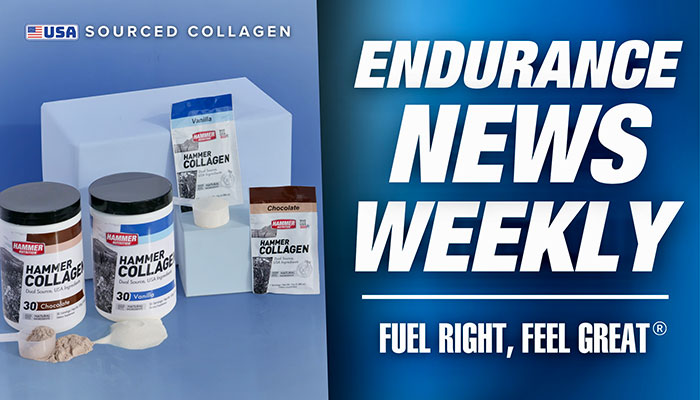
Bartley Snowzyhole
BY: DR. BAYNE FRENCH MD DC
I first met Bartley for a physical exam in November 2010. It was not an auspicious first encounter. I called him Bart. He did not like that. He showed up for his appointment 93 seconds late, so I considered us even.
He was 31 years old and doing fine. Working and playing hard, raising children, and paying taxes.
After our 2010 physical exam, Bartley disappeared. This is not unusual after people meet me. He reestablished care with me in October 2024. I made sure to fully enunciate his name like an adverb. He was 45 years old now and still feeling well, reporting good physical and mental health.
He also told me his weight had been "stable", the little liar. In 2010, he was 192 pounds, and at our 2024 physical exam, 210.3 pounds. He mumbled something about wearing heavy work boots and that he had not had a haircut in a while. I did not dispute that, as he looked a bit disheveled.
He reported year-round exercise, doing a variety of activities. His wife was quite health-conscious and they ate a quality diet, mostly home-prepared, organic foods. He was a regular consumer of beer, but not heavy. He also ate a fair amount of starch but very low amounts of sweets.
His blood work sucked like a bucket of leeches. He returned a couple of weeks later to go over the results:
- Triglyceride (fat in the blood made by the liver from carbohydrate) 187
- HDL cholesterol (considered heart protective) 49
- Triglyceride/HDL ratio (an important marker for heart disease risk) 3.8
- Homocysteine (an inflammatory chemical that can damage arteries) 18.3
- Ferritin (a marker of total body iron) 339
- Liver function tests (markers of liver inflammation and fatty liver disease) 34 & 48
- Uric acid (a metabolically unfavorable chemical) 7.5
I was trained to look at these numbers as being largely within normal limits, or only slightly high. To be re-trained to view these numbers under the lens of metabolic dysfunction has taken a great deal of time and the shucking of dogma. His numbers were not favorable.
His liver was making very elevated levels of fat. Most human mammal livers will do this when the raw material it sees is elevated blood sugar from the overconsumption of carbohydrate.
His HDL cholesterol was decent, over 40, but his triglyceride/HDL ratio was over 3, putting him at increased risk of heart disease.
Furthermore, homocysteine, ferritin and uric acid were all elevated.
The development of disease, like cardiovascular disease, occurs slowly and insidiously over time. All of these abnormal compounds in Bartley’s blood work can contribute to disease in their own unique way.
I told him very candidly, "Bart, your blood work is more consistent with the development of metabolic disease than it is longevity". I said other stuff too. Several recommendations were made regarding dietary choices, beer, supplementation and blood donation.
Specific food advice was based on the OHM Triad, comprised of the content of food, mindfulness of eating, and intermittent fasting. This is not a diet but rather a concept of eating and represents my third greatest accomplishment, just behind fathering two children.
Mr. Stowzyhole returned 5 months later. He was feeling even better and had lost a few pounds, his weight was 206.8. He continued to enjoy beer but far less and no longer consuming it on an empty stomach.
He was regular with vitamin C for elevated uric acid, and a methylated B-complex for elevated homocysteine. He donated blood 3 times.
He was very successful in reducing starch and employing time-restricted feeding (intermittent fasting). There were notable improvements in his blood work:
- Triglyceride 125
- HDL 62
- Triglyceride/HDL ratio 2.0
- Homocysteine 13.1
- Ferritin 129.9
- Liver function tests 30 and 42
- Uric acid 6.5
I consider these changes quite significant. His risk of developing metabolic diseases like stroke, obesity, insulin resistance, heart disease, type 2 diabetes, fatty liver disease, and dementia was significantly lowered.
What is critical is that he enjoyed the process and felt it was sustainable.
Not eating in the morning was freeing for him. He naturally calorically restricted through intermittent fasting, mindfulness and just not being as hungry because of lower levels of the hunger hormone Ghrelin. Carbohydrate consumption results in a spike in Ghrelin. Carb eating begets carb eating.
Bartley Snowzyhole is why I work in the medical industry.
He and others like him make worth it the massive amounts of paperwork, regulatory demands, insurance idiocy, pharmaceutical racket, and a seemingly never-ending amount of administrative bullshit conspiring to deprive that which makes the most impact, being in a room with patients, talking about metabolic wellness.










8 comments
What does donating blood do? Besides the obvious, I’ve never heard of that for health reasons.
———
Hammer Nutrition replied:
Hi Joel, think of it as an oil change for your body. Here’s a good article that Dr. French wrote for a previous ENW on the benefits to the donor; https://hammernutrition.com/blogs/endurance-news-weekly/blood-donation-its-good-for-the-benefactor?pos=1&psq=blood&ss=e&v=1.0
What a great article:)
Thanks for sharing.
Great article. Conveys a helpful message of how it’s not that hard to make healthy changes that will impact your quality of life in a positive way. …all the while with a good sense of humor. Thanks.